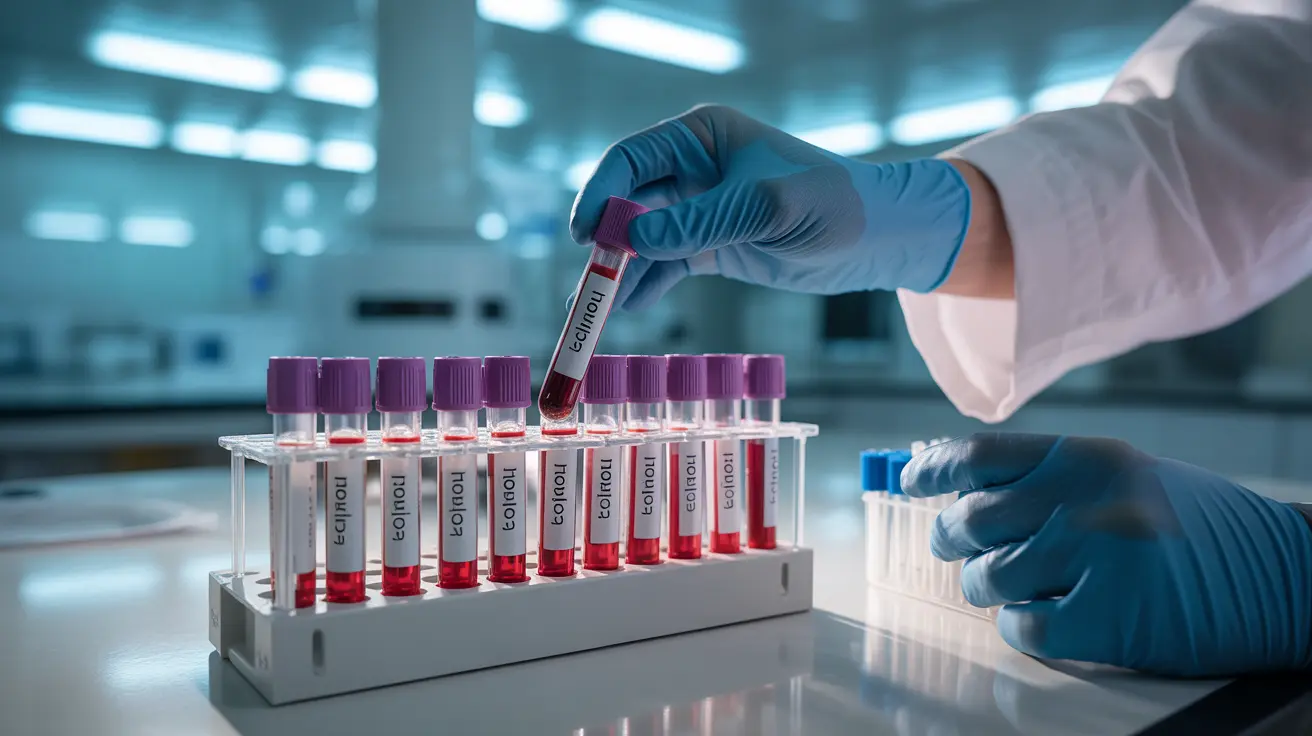Hemochromatosis lab testing plays a crucial role in diagnosing and monitoring iron overload disorders. Whether you're experiencing symptoms that suggest hemochromatosis or have a family history of the condition, understanding the various laboratory tests used for diagnosis can help you better navigate your healthcare journey.
This comprehensive guide will walk you through the essential lab tests used to diagnose hemochromatosis, explain what the results mean, and discuss when additional testing might be necessary.
Initial Blood Tests for Hemochromatosis Diagnosis
The diagnosis of hemochromatosis typically begins with two key blood tests that measure iron levels in your body:
Transferrin Saturation Test
This test measures the percentage of iron bound to transferrin, a protein that transports iron in your blood. A transferrin saturation percentage above 45% may indicate iron overload and requires further investigation.
Serum Ferritin Test
Ferritin is a protein that stores iron in your body's tissues. Normal ferritin levels typically range from:
- 20-250 ng/mL for males
- 10-200 ng/mL for females
Elevated levels above these ranges may suggest iron overload, though other conditions can also cause high ferritin.
Genetic Testing for Hereditary Hemochromatosis
When initial blood tests suggest iron overload, genetic testing becomes an important diagnostic tool:
HFE Gene Testing
This test looks for specific mutations in the HFE gene, particularly:
- C282Y mutation
- H63D mutation
- S65C mutation
The presence of these mutations, especially C282Y homozygosity, can confirm hereditary hemochromatosis and help guide treatment decisions.
Advanced Diagnostic Testing
In some cases, healthcare providers may recommend additional tests to assess organ damage or confirm the diagnosis:
Liver Function Tests
These tests evaluate liver health and can detect potential damage from iron accumulation. They include:
- ALT (alanine aminotransferase)
- AST (aspartate aminotransferase)
- Alkaline phosphatase
Imaging Studies
Non-invasive imaging techniques may be used to assess iron accumulation in organs:
- MRI with specialized protocols
- FibroScan or liver elastography
- CT scans in specific cases
Monitoring and Follow-up Testing
Regular monitoring is essential for managing hemochromatosis effectively. The frequency of follow-up testing depends on various factors, including initial iron levels, genetic status, and treatment response.
Frequently Asked Questions
What blood tests are used to diagnose hemochromatosis and what do abnormal results mean? Transferrin saturation and serum ferritin are the primary blood tests. Abnormal results include transferrin saturation above 45% and elevated ferritin levels, which may indicate iron overload.
How does genetic testing help confirm hereditary hemochromatosis and who should consider it? Genetic testing identifies mutations in the HFE gene, particularly C282Y and H63D variants. People with elevated iron levels, family history of hemochromatosis, or symptoms of iron overload should consider genetic testing.
What are normal and high values for serum transferrin saturation and ferritin in detecting iron overload? Normal transferrin saturation is typically below 45%. Normal ferritin ranges are 20-250 ng/mL for males and 10-200 ng/mL for females. Values above these ranges may indicate iron overload.
When might additional tests like liver biopsy or MRI be needed for hemochromatosis diagnosis? Additional tests may be needed when initial results are unclear, to assess organ damage, or when monitoring treatment effectiveness. MRI can non-invasively measure iron accumulation, while liver biopsy provides detailed tissue analysis.
How often should hemochromatosis lab tests be repeated to monitor iron levels accurately? During initial treatment, tests may be needed every few months. Once iron levels stabilize, monitoring typically occurs every 6-12 months, though frequency varies based on individual factors and treatment response.




